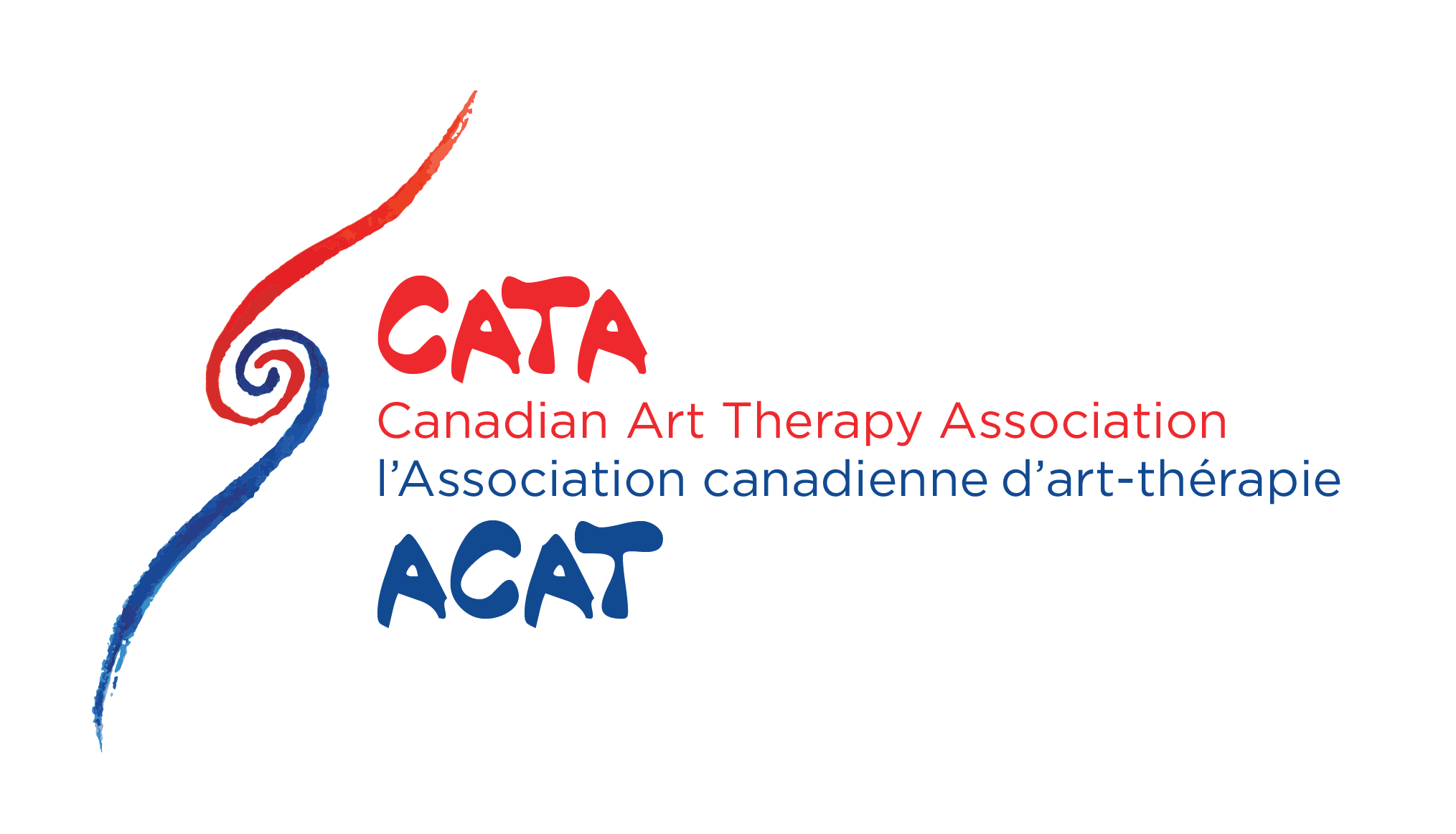Sharing the Mysterious Language of Art
Anna Nike Leskowsky
Toronto, ON
Anna Nike Leskowsky is a retired elementary school teacher who lives in Toronto. Before she came to Canada in 1990, she was a journalist in Poland. Her articles and essays written in the English language were published in The Toronto Star, college textbooks, and The Canadian Immigrant Magazine. Last year, The Canadian Art Therapy Association Magazine Envisage published her essay, titled “Therapeutic Power of Art Complemented My Life Journey with Love and Acceptance”, along with a photograph of her painting, the visual interpretation of Vincent van Gogh’s “On the Outskirts of Paris.”
Girl with the Braids, pencil, 8”x11”, 2022
Any creative process usually has an impact on our emotional life. The feeling of accomplishment after generating artwork positively influences our mental and emotional well-being. Immersing ourselves in creative work can help us discover more than just the pure joy of designing something original and new: we can find out about the deep meaning of our family connections, the secret of happiness, and how to fulfill our lives with good intentions.
For years, I was looking at photographs of my mother, taken around the year 1930. She was eleven years old then, and just starting her journey into becoming a woman. She loved to dance, and her parents allowed her to attend ballet classes.
She was rehearsing at home in an unfurnished part of a very spacious living room. She was wearing a white ballet dress during her rehearsals, flared gracefully around her hips. Her ballet shoes were holding her feet tightly and securely as if they were mimicking the strength of foundation built firmly into one’s home. The feeling of safety was mixed with the subtle sound of music coming from the piano which stood elegantly at the window.
Every time I passed by the photograph displayed on the wall of my dining room, I thought to myself, “I must draw this image.” Many years ago, my grandfather, an architect and an artist, captured the tranquility of his daughter’s rehearsal by taking a picture. I suspect that then he wanted to do exactly the same thing I was now planning to do: make a drawing of the young dancer.
She seemed to meditate in her sculpture-like pose. Her long braids were tamed with silk ribbons; her innocence captivating. Her arms were balanced tastefully as if she was spreading out her angelic wings and dreaming of being able to fly. Persistence was radiating from her half-closed eyes. Curiously strong legs carried her lightly into the en pointe movement.
I was finally ready to do it. I took the framed photograph off the wall, put it on my desk, and opened my sketchbook. The first few lines were encouraging, but not magical. I was searching for the right proportions of a young female. I wanted to find symmetry, balance, regularity, and almost a typical image of a ballerina.
On the contrary, there was nothing typical about this girl from the old picture: the girl who eventually became my mother and died at the age of ninety-one, longer than a decade ago. Something inside was telling me, “Don’t be too technical. Throw yourself into your grandfather’s memory and see his daughter through his eyes. Let him lead your hand.”
So I did. A couple of hours disappeared from my day when I experienced a peculiar trance of being in my grandparents’ home. I saw her – my mother as a girl – elegant, focused, and determined in her passion for dancing. I imagined her movement. She was gently penetrating the space around her. The invisible veil was lifted, uncovering much more than the girl’s beauty.
Eventually, I was using my own eyes, looking at her – a fully alive girl – while, at the same time, I remembered the events from my mother’s life. With careful and delicate strokes of my pencil, I drew layers of time. Everything that my mother taught me in my childhood and youth was there in my grandparents’ salon. All the whispers were loud and clear: “Be brave, be patient, be passionate, and enjoy every moment of your short stay on Earth.”
I needed much more to absorb from this creative process, so closely entangled with my mother. I wanted to know what message she had for me. Every time I touched the paper, she was sending her love. My thoughts were formulating the meaning:
“We are strong and independent. We are the pillars of our families and our children. We are innovative, firm, and stable. We are women.”
When I finished my drawing, I gave it the title “Girl with the Braids.” Then, I took a photograph of the final form. Here she was, on my phone in the year of 2022, encouraging me to feel self-confident, peaceful, and happy.
With one click, I sent this image to my daughter. Three of us connected instantly, sharing the feeling of tenderness and courage, created by the mysterious language of art.
I continued to draw, being inspired by my mother. The next drawing, titled “Siblings,” carried the joy of looking after young children. Another drawing, titled “Passion,” became a reminder that giving up on my two interests – writing and visual art – due to self-doubt is never going to be an option. My life again connected gracefully with its purpose.




